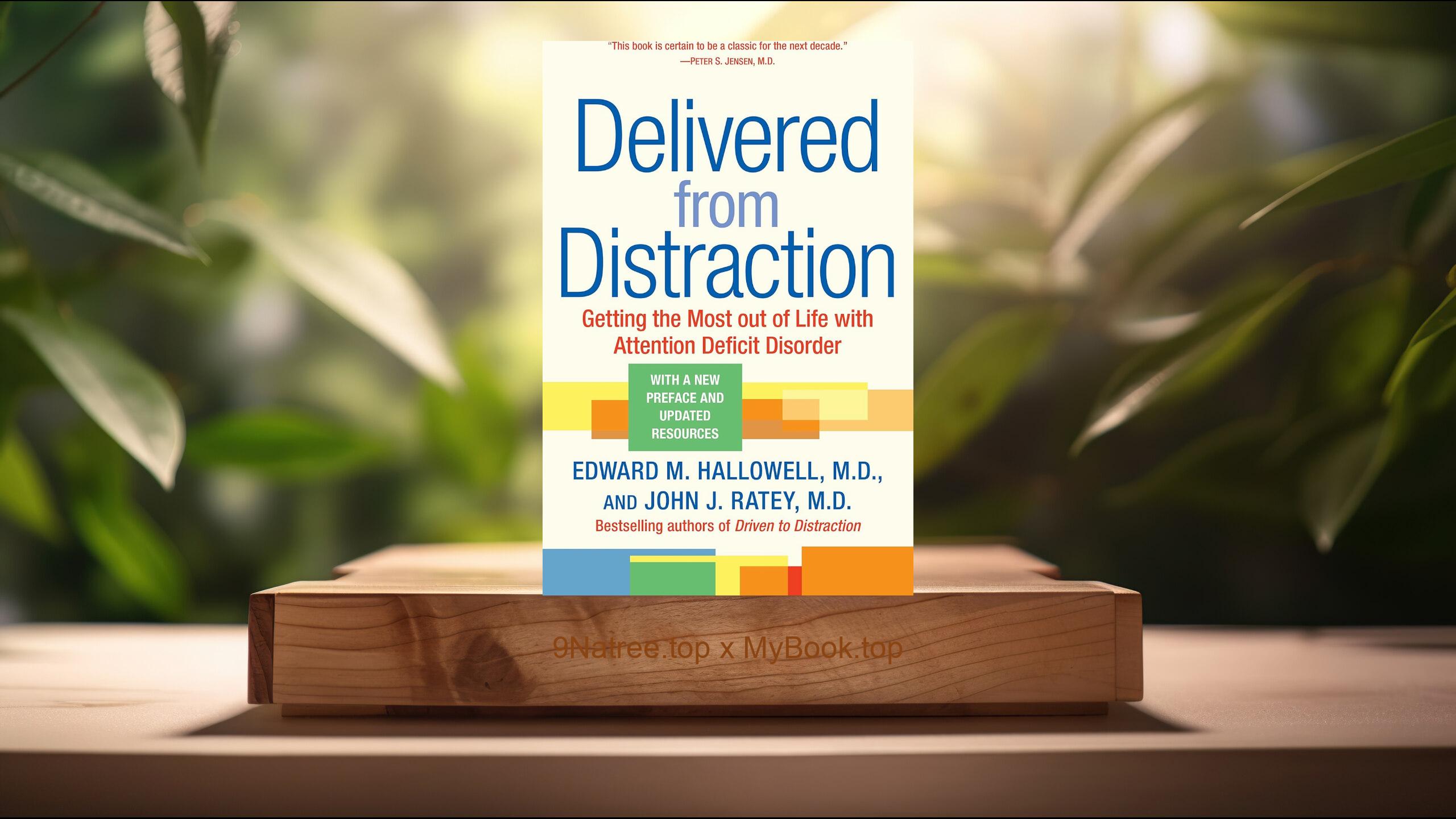Show Notes
- Amazon US Store: https://www.amazon.com/dp/B01HNJIK70?tag=9natree-20
- Amazon Worldwide Store: https://global.buys.trade/Irresistible-Adam-Alter.html
- Apple Books: https://books.apple.com/us/audiobook/irresistible-the-rise-of-addictive-technology/id1417048275?itsct=books_box_link&itscg=30200&ls=1&at=1001l3bAw&ct=9natree
- eBay: https://www.ebay.com/sch/i.html?_nkw=Irresistible+Adam+Alter+&mkcid=1&mkrid=711-53200-19255-0&siteid=0&campid=5339060787&customid=9natree&toolid=10001&mkevt=1
- Read more: https://mybook.top/read/B01HNJIK70/
#TechnologyAddiction #DigitalWellbeing #PsychologyofTechUse #EthicsinTechnology #ScreenTimeManagement #SocialMediaAddiction #BehavioralDesign #Irresistible
These are takeaways from this book.
Firstly, The Psychology of Addiction, Alter dives into the psychological mechanisms that make technology so addictive. Drawing from research in psychology and neuroscience, he discusses how certain features of technology, like variable rewards or the 'fear of missing out' (FOMO), exploit our natural tendencies to seek satisfaction and engage compulsively. These mechanisms are not incidental but are deliberately engineered to hook users. For instance, social media platforms use algorithms that ensure users are continually presented with content that is both engaging and tailored to their interests, encouraging endless scrolling. Video games, on the other hand, often employ leveling systems and rewards that make stopping difficult. The result is a powerful compulsion loop that keeps users coming back for more.
Secondly, Business Strategies for User Engagement, This topic addresses the deliberate strategies tech companies employ to keep users engaged. Alter explains how companies use detailed analytics to understand user behavior and preferences deeply. By leveraging this information, they can fine-tune their products to increase user engagement and time spent on their platforms. Such strategies include personalized content recommendations, notifications designed to pull users back into apps, and social features that promote sharing and connectivity. The goal is to create a product that becomes an essential part of the user's daily routine, making it difficult to disengage. Alter also discusses the ethical implications of these practices, questioning the responsibility of tech companies in managing the addictive nature of their products.
Thirdly, Impacts on Society and Individual Well-being, Alter explores the profound impacts of technology addiction on both society and individual well-being. He presents evidence on how excessive use of technology can lead to negative outcomes such as decreased productivity, mental health issues, deteriorating relationships, and a diminished quality of life. Alter stresses the importance of understanding these effects to mitigate the negative consequences of technology consumption. He presents research showing correlations between screen time and dissatisfaction in various aspects of life, including physical health, mental health, and social connections. The discussion extends to the societal level, where Alter assesses how technology addiction can affect social cohesion and communication, leading to broader social and cultural shifts.
Fourthly, Design Ethics and the Role of Regulation, This part of the book addresses the ethical considerations of designing addictive technologies and the potential role of regulation. Alter discusses the responsibilities of designers and tech companies to consider the psychological effects of their products. He explores the fine line between creating engaging content and designing products that encourage unhealthy levels of use. Furthermore, Alter calls for more robust regulation and oversight to protect consumers, especially vulnerable populations like children, who are particularly susceptible to technology addiction. He suggests potential policies, such as limiting the inclusion of addictive features in children's apps and enforcing transparency from companies regarding their design practices.
Lastly, Strategies for Managing Technology Use, Finally, Alter offers practical advice for individuals seeking to manage their technology use more effectively. He suggests strategies for setting boundaries, such as designated tech-free times or spaces, which can help individuals regain control over their digital lives. Alter also recommends using technology itself, like apps that monitor and limit screen time, as tools to combat addiction. Importantly, he encourages developing a more mindful relationship with technology, where users regularly reflect on how their tech usage aligns with their overall well-being and life goals. Alter's advice not only aims to help individuals reduce their technology dependence but also to improve their quality of life by fostering more meaningful and fulfilling experiences offline.
![[Review] Irresistible (Adam Alter) Summarized](https://episodes.castos.com/660078c6833215-59505987/images/1815932/c1a-085k3-8d4ppqj8trz2-jgycmy.jpg)




